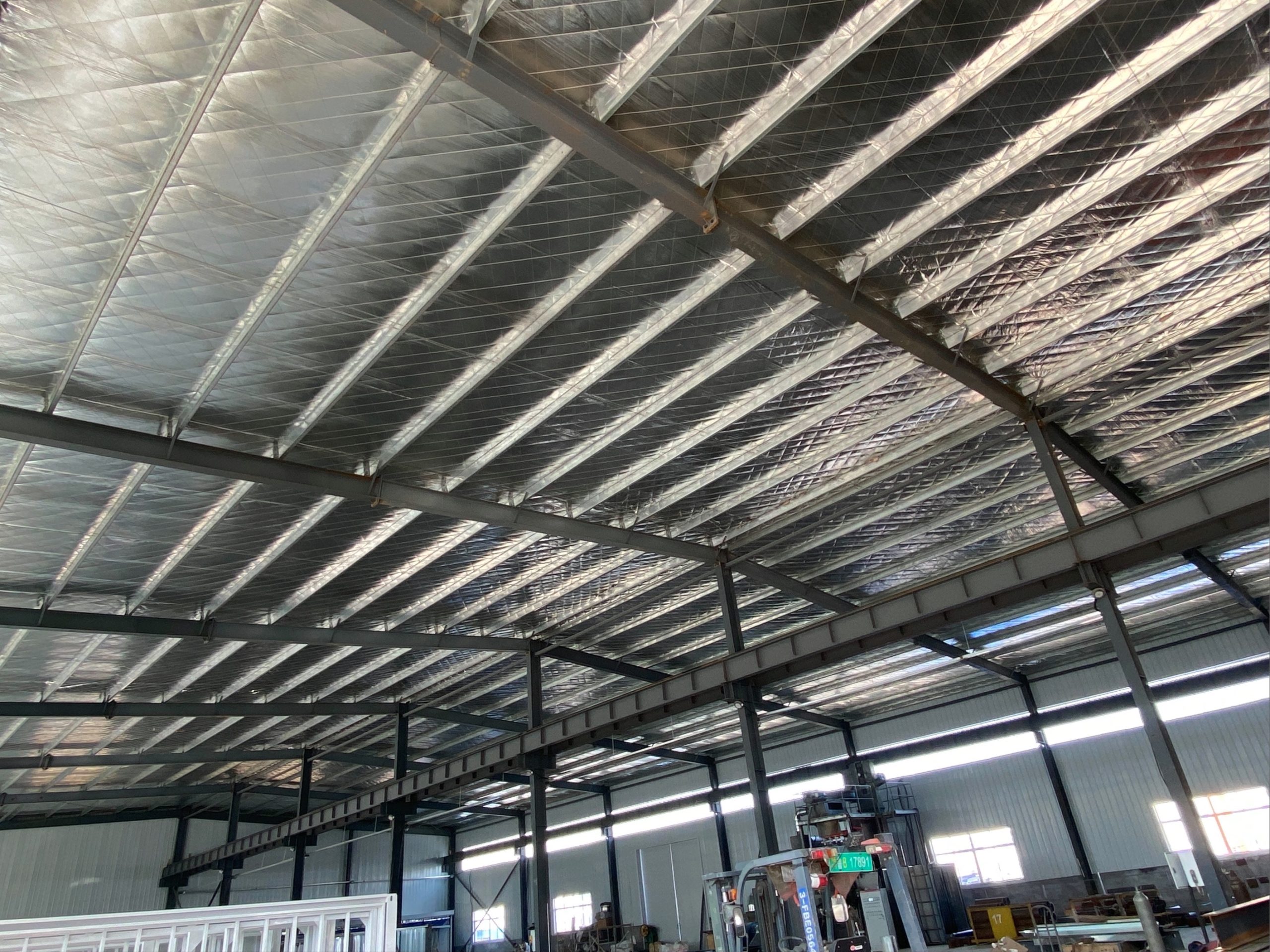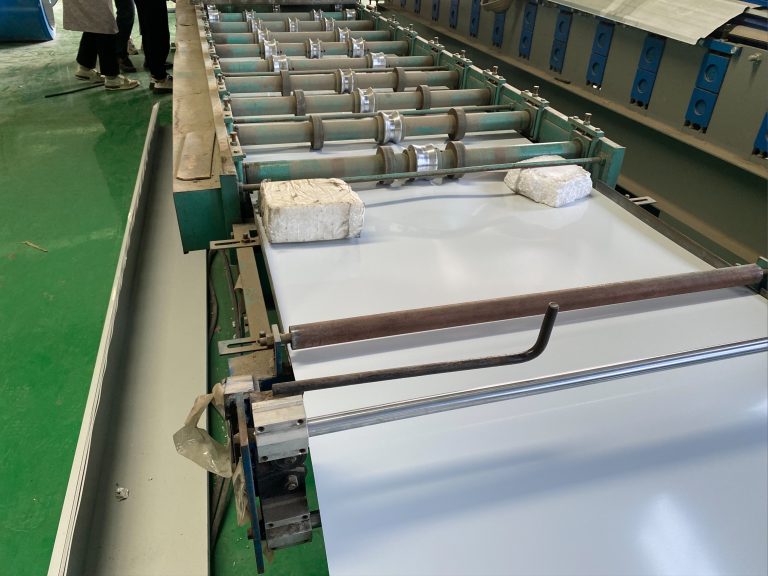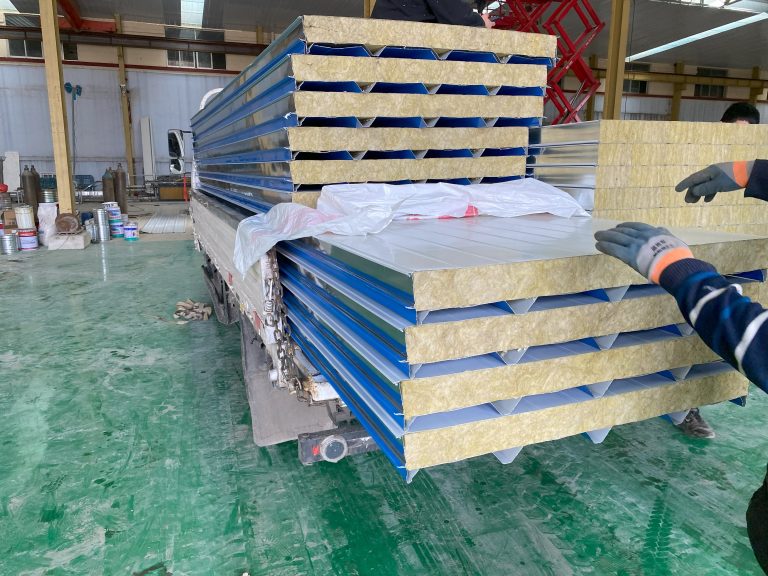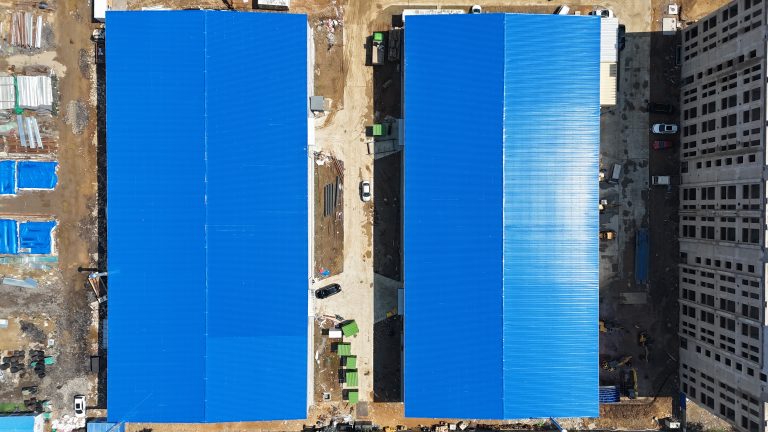The modular characteristics and interchangeability advantages of box houses
Inhoudsopgave
Modular Design: The Future of Box Houses
Modular design has become increasingly popular in the construction industry, with box houses leading the way in innovative and efficient building techniques. These structures are characterized by their modular components, which can be easily assembled and disassembled, allowing for quick and cost-effective construction. The interchangeability of these components also offers a range of advantages, making box houses a versatile and sustainable option for modern living.
One of the key benefits of box houses is their modular characteristics, which allow for easy customization and expansion. Each module is designed to fit together seamlessly, creating a cohesive and functional living space. This flexibility means that homeowners can easily add or remove modules as needed, adapting their home to suit their changing needs. Whether it’s adding an extra bedroom for a growing family or creating a home office space, box houses offer endless possibilities for customization.
In addition to their modular design, box houses also offer interchangeability advantages that set them apart from traditional construction methods. The components of a box house can be easily swapped out or upgraded, allowing for easy maintenance and repairs. This means that homeowners can easily replace damaged or outdated modules without having to undergo extensive renovations. This not only saves time and money but also reduces waste, making box houses a more sustainable option for environmentally conscious individuals.
The interchangeability of box houses also extends to their transportability. Because the modules are designed to be easily assembled and disassembled, they can be transported to virtually any location with ease. This makes box houses an ideal option for remote or hard-to-reach areas, where traditional construction methods may be impractical. Additionally, the ability to transport modules means that homeowners can easily relocate their home if needed, providing a level of flexibility that is unmatched by traditional housing options.
Another advantage of box houses is their energy efficiency. The modular design of these structures allows for better insulation and air circulation, reducing energy consumption and lowering utility costs. Additionally, the interchangeability of components means that homeowners can easily upgrade to more energy-efficient materials, further reducing their carbon footprint. This focus on sustainability makes box houses an attractive option for those looking to reduce their environmental impact without sacrificing comfort or style.
In conclusion, the modular characteristics and interchangeability advantages of box houses make them a compelling option for modern living. Their flexibility, transportability, and energy efficiency set them apart from traditional construction methods, offering homeowners a sustainable and customizable housing solution. As the demand for more efficient and environmentally friendly housing options continues to grow, box houses are poised to become the future of residential construction. Whether it’s for a permanent residence or a temporary living space, box houses offer a versatile and innovative solution for those looking to embrace the benefits of modular design.
Interchangeability Benefits of Box House Components
Modular homes have become increasingly popular in recent years due to their flexibility, cost-effectiveness, and sustainability. One of the key advantages of modular homes is their interchangeability, which allows homeowners to easily customize and expand their living space as needed. Box houses, in particular, are a type of modular home that offers unique benefits in terms of interchangeability.
Box houses are constructed using standardized modules or “boxes” that can be easily assembled and disassembled. This modular construction allows for greater flexibility in design and layout, as homeowners can mix and match different modules to create a custom living space that meets their specific needs. For example, a homeowner may choose to add an extra bedroom module to accommodate a growing family, or a home office module for remote work.
The interchangeability of box house components also makes it easier to make upgrades or repairs to the home. If a module becomes damaged or outdated, it can be easily replaced without having to tear down the entire structure. This not only saves time and money but also reduces waste and environmental impact.
Another advantage of box houses is their portability. Because the modules are designed to be easily assembled and disassembled, box houses can be transported to different locations if needed. This makes them an ideal option for those who may need to move frequently or for temporary housing solutions.
In addition to their interchangeability, box houses offer a number of other benefits. For example, they are typically more energy-efficient than traditional homes, as the modular construction allows for better insulation and air sealing. This can result in lower energy bills and a smaller carbon footprint.
Box houses are also often more cost-effective than traditional homes, as the modular construction process is typically faster and more efficient. This can result in savings on labor and materials, as well as reduced construction time. Additionally, because box houses are built in a controlled factory setting, there is less risk of delays due to weather or other external factors.

Overall, the interchangeability advantages of box houses make them a versatile and practical housing option for a wide range of homeowners. Whether you are looking to customize your living space, make upgrades or repairs, or simply want a more sustainable and cost-effective home, box houses offer a number of benefits that make them worth considering. With their modular characteristics and flexibility, box houses are a modern and innovative solution to the ever-changing needs of homeowners.






